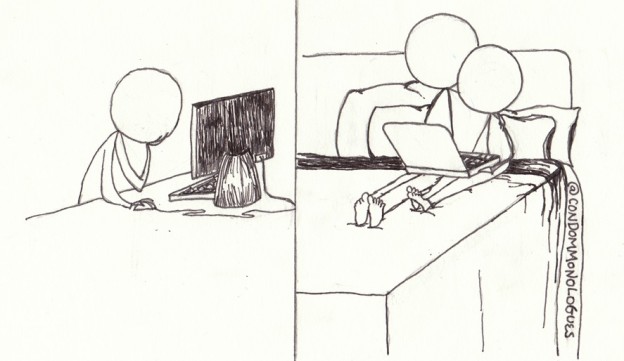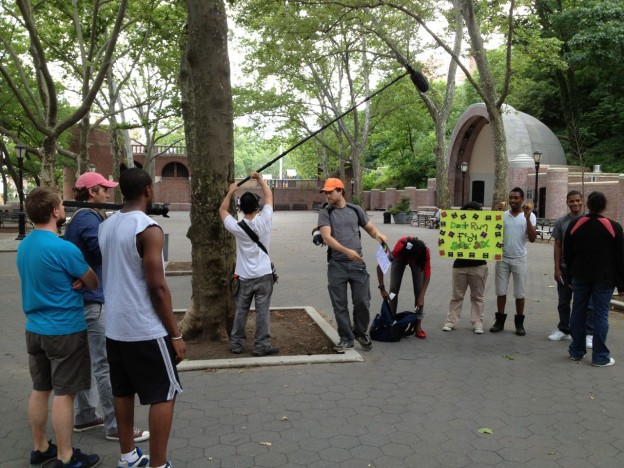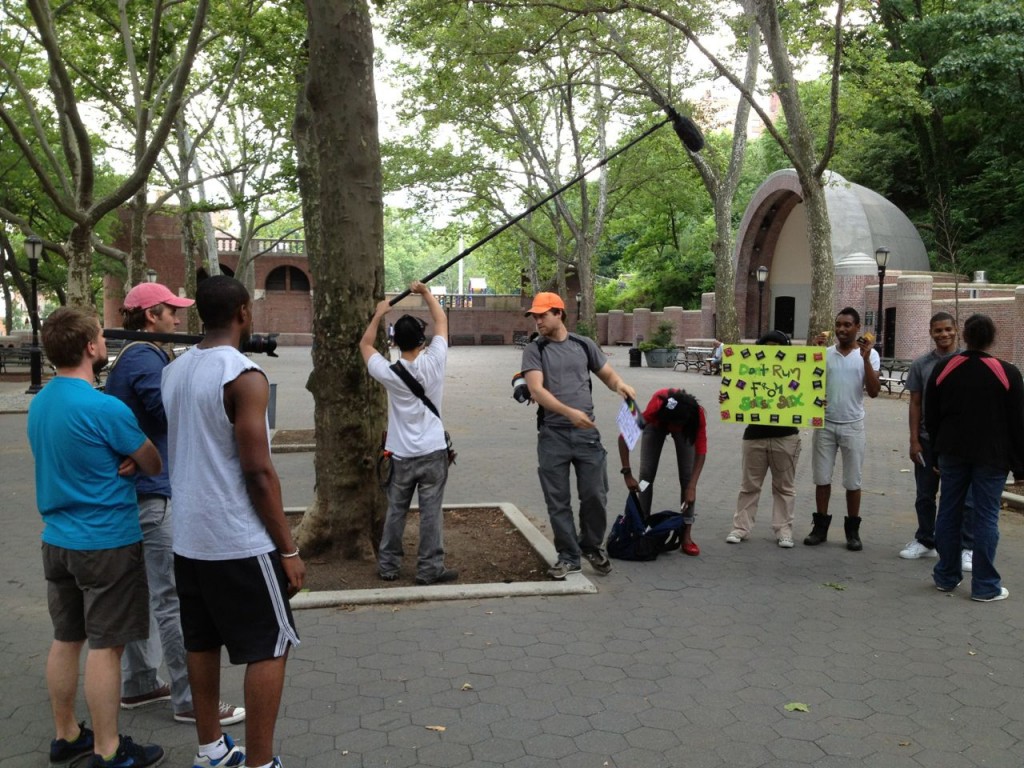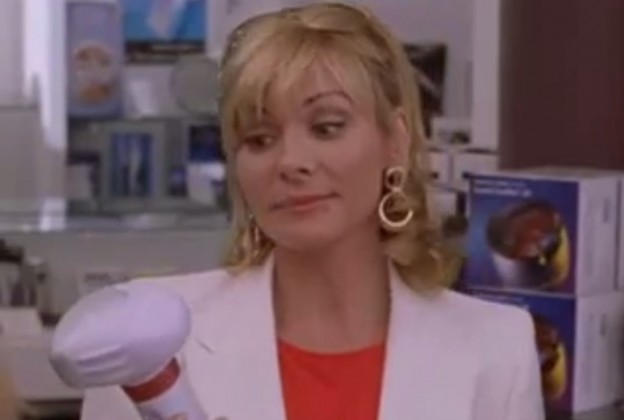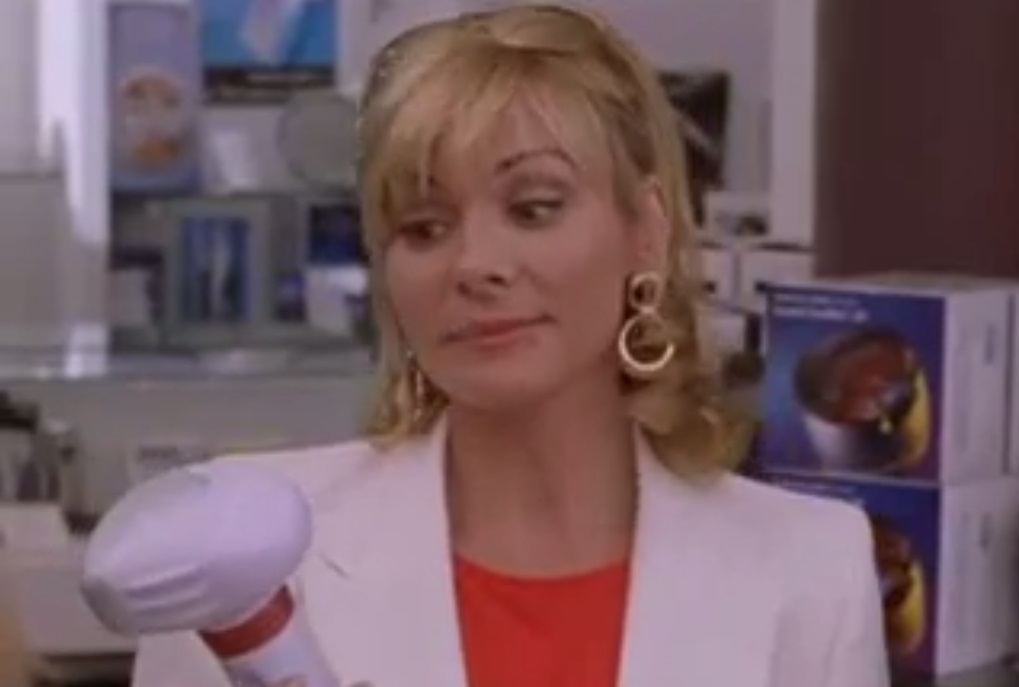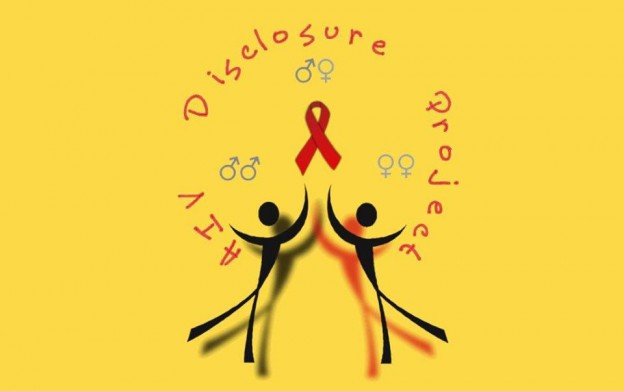The problem is so common there is a term for it. Andrew shares his personal struggle trying to deter the “bug chasers” from his “gift” (NSFW).
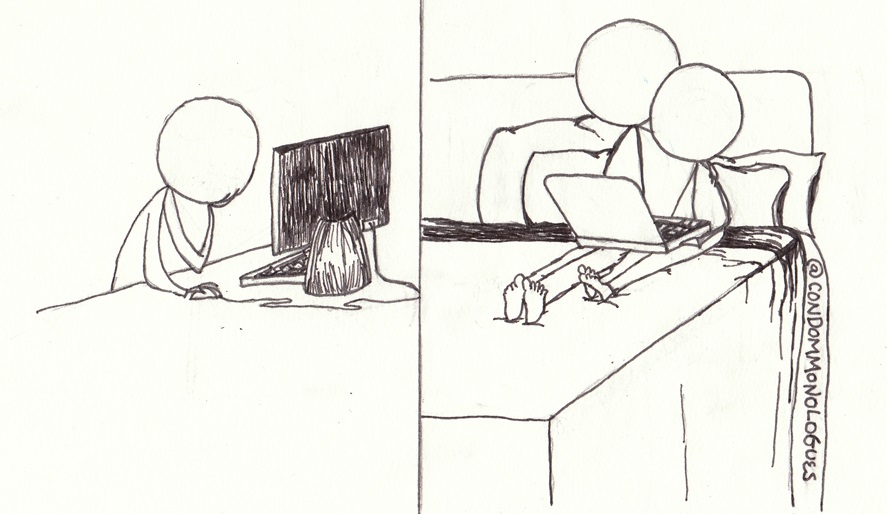 I have been around the block quite a lot and I thought I had seen and read everything and that nothing would shock me…but I was wrong! A few years ago I was chatting with friends on Gaydar when a bisexual husband and wife started talking with me. At first all was going well- just casual chats. Soon this changed to a very sexually infused conversation so I told them I was HIV+. I thought that this would be the end of it and that I would get the usual comments back when I disclosed that I carry what some had labelled “THE GAY PLAGUE”.
I have been around the block quite a lot and I thought I had seen and read everything and that nothing would shock me…but I was wrong! A few years ago I was chatting with friends on Gaydar when a bisexual husband and wife started talking with me. At first all was going well- just casual chats. Soon this changed to a very sexually infused conversation so I told them I was HIV+. I thought that this would be the end of it and that I would get the usual comments back when I disclosed that I carry what some had labelled “THE GAY PLAGUE”.
But much to my shock they got even more eager and horny saying ,“Oh please fuck us bareback!”
Now don’t get me wrong, I wasn’t even here looking for sex, let alone sex without a condom. I tried getting rid of these people who seemed to be looking to become positive but this didn’t work. So I tried explaining to them the downsides to having a disease like this: the tiredness, the slow healing, stigma and losing friends and family due to misunderstandings. None of this sunk in. If anything, it seemed to turn them on even more. By this time, I had resorted to my basic instincts and frankly told them where they could insert their desires and that I wanted nothing to do with them.
Now I’m not a fan of children in anyway and avoid them and their screaming like a medieval person would avoid a plague infested rat, but on this occasion I had to act.
You see, what got anger levels way up was they had said above all else they wanted me to fuck the wife bareback filling her with my “poz seed” and making sure that she fell pregnant by me so that they could have a positive baby! I felt sick and disgusted and so scared of the fact that there were people that not only wanted to be “POZ” themselves but would actively seek to create a new life- a baby who would be born with this terrible life-altering disease.
So I did what any decent human being would; I blocked the people, warned the room, and even spoke to Gaydar themselves, letting them know that the profile in question was seeking to purposefully contract “HIV” and to get the lady pregnant with a “positive” baby.
Gaydar said that it wasn’t within their control and that they didn’t have the right to tell people what they could or couldn’t do on their website and that I should just ignore them. Now I wasn’t satisfied with this outcome so I turned to the charity which offers advice to people about “HIV” and other STIs, ‘Terrance Higgins Trust’. I thought that they would agree with me and make a stand; tell Gaydar to block these people from the site and at least help educate people more. But no. They said as well that they couldn’t control what people did and that it wasn’t their place to tell Gaydar what to do.
I was lost and didn’t know what to do about this situation aside from carrying on telling people who wanted bareback with a positive person that they would be very sorry and have to deal with so much grief both from stigma and dealing with side effects of medication. Most people saw how stupid what they wanted was and changed their minds but some still went on looking and would search out those that were known as “Gift Givers” who would infect these “Bug Chasers”, as they called themselves.
Due to this situation, I have avoided Gaydar. Once people had learned I was HIV Positive they were drawn like bees to honey and it depressed me so much seeing their stupidity time and time again that I would at times cry.
There were a few things I realised due to this terrible event. The education of sexually communicable diseases needs to be increased and made openly available along with better display of condoms in shops, and that websites and other places that people can go for sex take more responsibility for dealing with people who are actively searching for the “GIFT” of disease from those people who are infected.
Monologues are independent stories and the opinions shared are the author’s own.
